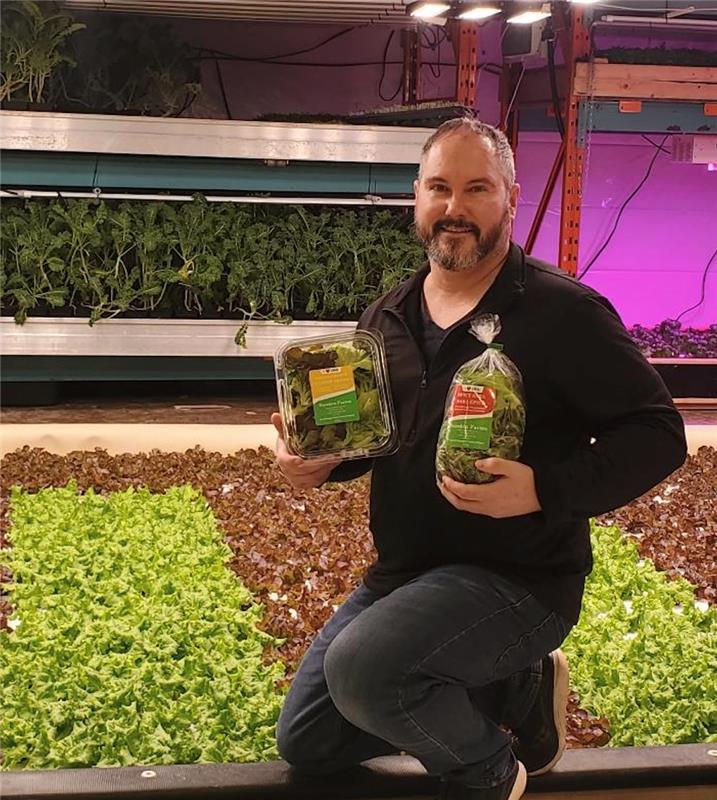Mastering CEA: Three Common Pitfalls to Avoid in Commercial Projects

In the world of Controlled Environment Agriculture (CEA), achieving successful, sustainable operations often entails navigating an array of challenges. We spoke to Jon Howe, a seasoned hydroponic grower from Canada, also the founder and chief grower at Sunden Farms Inc., part of the Kroptek Network of sustainable urban farms. He offers invaluable insights into the three common pitfalls that often trip up commercial CEA projects.
- Overpriced, Underperforming Commercial Systems
Many start-ups in the CEA space get caught in the trap of investing in high-end commercial systems that promise much but deliver little. These often-expensive setups are designed with the manufacturer’s profitability in mind rather than the grower’s needs. Long payback periods and costly maintenance can quickly turn these initially appealing solutions into financial burdens.
However, this issue can be mitigated through the design of bespoke systems, tailored to the specific needs of the grower. An example of this approach in action is Jon’s collaboration with Kroptek, crafting a custom spectrum of lights for his specific lettuce variety. This personalised approach not only boosts yield but also promotes energy efficiency, substantially reducing the operational costs.
- Lack of Established Market for Products
A critical oversight in many fledgling vertical farming enterprises is jumping into production without an established market for their products. The surest path to profitability and long-term success lies in a clear understanding of the market demand and strategically aligning the farm’s output accordingly.
Jon advises proactive market analysis, substituting imports with locally grown alternatives and even steering consumer trends by introducing innovative products. By understanding the market needs and responding accordingly, growers can ensure the viability of their venture.
- Insufficient Agricultural Experience
The third pitfall is the lack of practical, on-the-ground agricultural know-how. The enthusiasm of launching a new enterprise can sometimes eclipse the need for a solid understanding of the multiple environmental variables involved in crop cultivation. It is vital to possess or gain practical experience, especially in identifying diseases and managing the inherent risks associated with plant growth.
To nurture this hands-on training, Jon envisions Sunden Farms offering educational tours in the future, fostering a deeper understanding of indoor farming techniques among aspiring growers.
In conclusion, as the burgeoning field of CEA continues to evolve, drawing from the hard-earned wisdom of industry insiders like Jon can be invaluable. Avoiding these common pitfalls—over-reliance on costly commercial systems, neglecting market research, and lack of hands-on farming experience—can position new ventures for a thriving future in this innovative domain. At Kroptek, we aim to support and empower growers to not only avoid these pitfalls but flourish in the exciting world of CEA.
To learn more about Jon Howe and Sunden Farms visit the website: https://www.sundenfarms.com/

